Playmaking for our life I read Daniel Judah Sklar's book called Playmaking, and I was moved by the fact that a project that seemed impossible actually turned out to be a success, and that the children, teachers, and community changed through this drama, and the clear evidence of that remains in the form of a film. Above all, the school where Sklar taught drama is a school for low-income children with various traumatic backgrounds, and it clearly shows the difference between teaching drama to children from well-ordered upper-middle-class families, as is often described in this book. Even when they talk about their trivial daily lives and express their emotions, various life experiences and wounds that adults have not already experienced are revealed. Even when the play was a success, Kim had to avoid people because of unresolved personal family issues. And even before this drama was released, there was a cancellation situation due to the backlash against the private demands and side effects of the family. In a word, this play was full of obstacles to overcome from beginning to end. As I read this book, I was able to learn not only the effects of the drama, but also the role and execution tips of the drama to children through the process of making this drama. This is because this book contains all the variables that occur when creatively creating and operating a project. Above all, it is impressive that when children participated in an unfaithful manner in the early days, he drew active participation from children by comparing the role of a drama to a musical instrument with the metaphor of an orchestra. And good writers and actors listen to each other is a very good tip. “Good writers listen to their characters. You have to let them do their job. That's what makes your artwork come alive. Your characters listen to each other and react to each other. Planning too much in advance will push them. And they will be puppets, not characters. “In other words, this means that if too many plans and intentions are put into making and planning a drama, it will become awkward like a puppet show rather than a scene of living life. I think this is a good tip for mindset and philosophy to learn before making a drama. And I thought the process of making this 52nd Street project a success was like a drama. The natural beginning, which started with an impromptu theme in the beginning, approached step by step from a small deep breath. And with the theme of the five senses that elementary school children already know, we started with the familiar senses around us. This coincides with the writer's philosophy that everyday experiences and emotional memories resulting from them make writing and acting richer. And teaching them how to trust their own memories, through which they can control and manage their own experiences and memories. I think it is an important tip to actually apply in the educational field. Then, through improvisation, Stanislavsky applied Creative Dramatics, which he practiced with his students, to the scene, learning how to use emotions to animate scenes. Children are starting to create characters at this stage, with their hands working with their bodies and their senses and emotions.
“I decided that playmaking was about developing an approach, not a solution to a particular play or problem. Teach children to explore. He or she can learn to explore their emotions. And dramatizes it in a believable way.” In other words, through this, I reaffirmed that it is not right to cut out the problems of children with problems with a scalpel, and that the main purpose of playmaking is to develop an approach rather than a solution. In this way, children explore, explore, figure out, control, manage, and eventually solve problems on their own. This is the true problem solving method. And since then, he has inspired dreams in children and taught them how to cherish dreams and the here and now by telling them about their daily lives. “‘Daily Life’ tells what happens to the characters during a typical day.” In other words, it reminds us that many actual dramas and creative materials are not too abstract or distant. As Sklar created the play with the children, he discussed how to share the play with the community and put it into practice. I was happy to see in detail the process of how this project started from his idea and turned it into a play in a tangible form. k’Kids often express their feelings more directly than adults, but they lose control more quickly and often let their emotions affect themselves, causing chaos, making hearing impossible, and sometimes seriously disturbing. “In other words, like Hector, who got out of control because he was a child and suddenly started screaming and rioting on stage, children express their emotions directly, but sometimes they feel chaos and interfere with the play. However, in this case, the author has a deep understanding of the characteristics of children and believes in them, emphasizing their strong point of direct expression. In the end, everyone finds out he was right. Play-making expression has made children feel better about themselves and will develop more directness, more action, and more self-esteem. As they come from different socioeconomic backgrounds and ages, they all respond to the supervisor's role and develop a new version of themselves. Find In other words, through collaborative filmmaking between children and adults, they learned how to create a new version of themselves under the direction of a single director, all from different socio-economic backgrounds. I was especially able to see this role with my own eyes through Chase by Gilbert Rosario, one of the children who worked on the 52nd Street Project. He observes a woman's day through this drama. She first waters the flower pots, but the flowers wither, and tries to watch TV, but fails due to communication problems. It's possible. I was able to read the frustration, fear, and hopelessness that Gilbert felt in his day while watching this film. In the middle, this woman is crouching in a narrow hallway, and this probably symbolizes the alienation, fear, and anxiety she felt. However, she discovers that she shares the same memories as one of the cops. Her cop, remembering a scene of her enjoying her corn flakes with her, approaches her and shows her a box of corn flakes. That's what Gilbert's muddy life means, I think. After thus expressing and dissolving his own pain and feelings, he remembers the sparkling experience of being happy and joyful in it. And this light shines through his life like a single ray. He sees this faint ray of light and follows it through the dark tunnel to the bright world. I was very happy to see this process in this book and in the movie. And I was able to confirm once again that it is the role of an educator to shed a ray of light into a child's life. “Theater is not therapy. Working on a character as a writer or actor, we deal with emotions, but always in the context of a play or practice. Such activities often have therapeutic value but should remain secondary. And if the moment ascends to art, the conflict from insult and violence to constructive understanding, that can lead to good play.”
0 Comments
Leave a Reply. |
Myungja Anna KohArtist Categories
All
Archives
July 2024
|
Proudly powered by Weebly

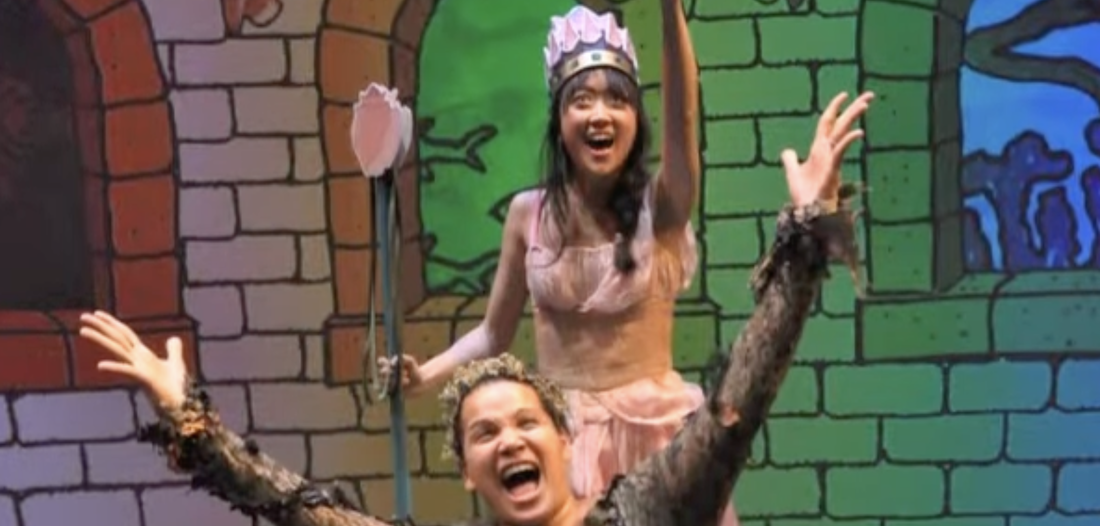

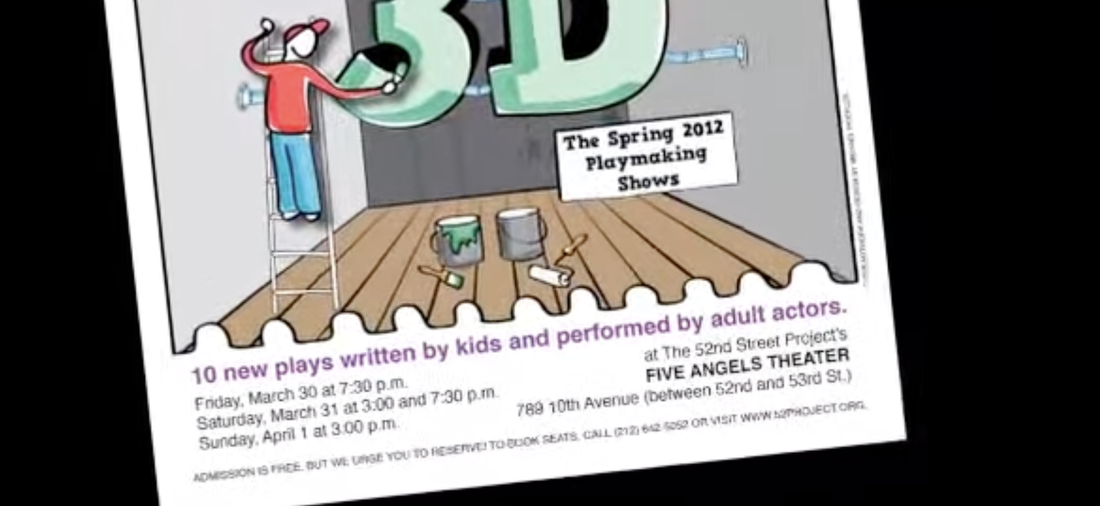
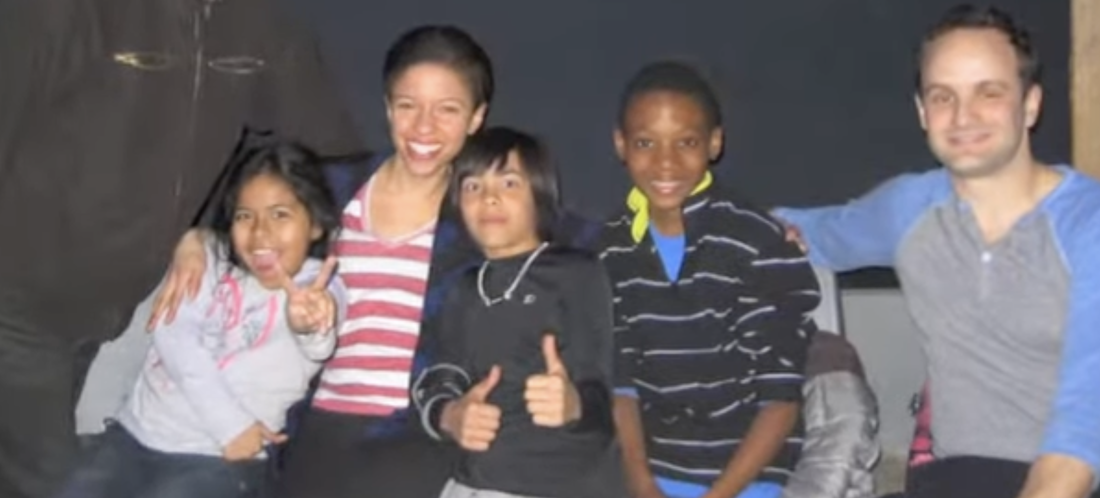
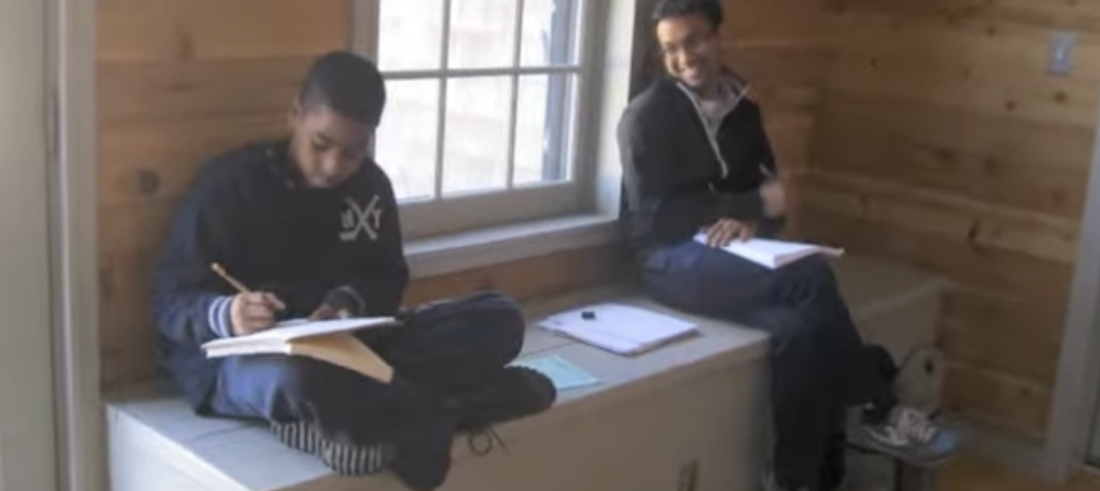
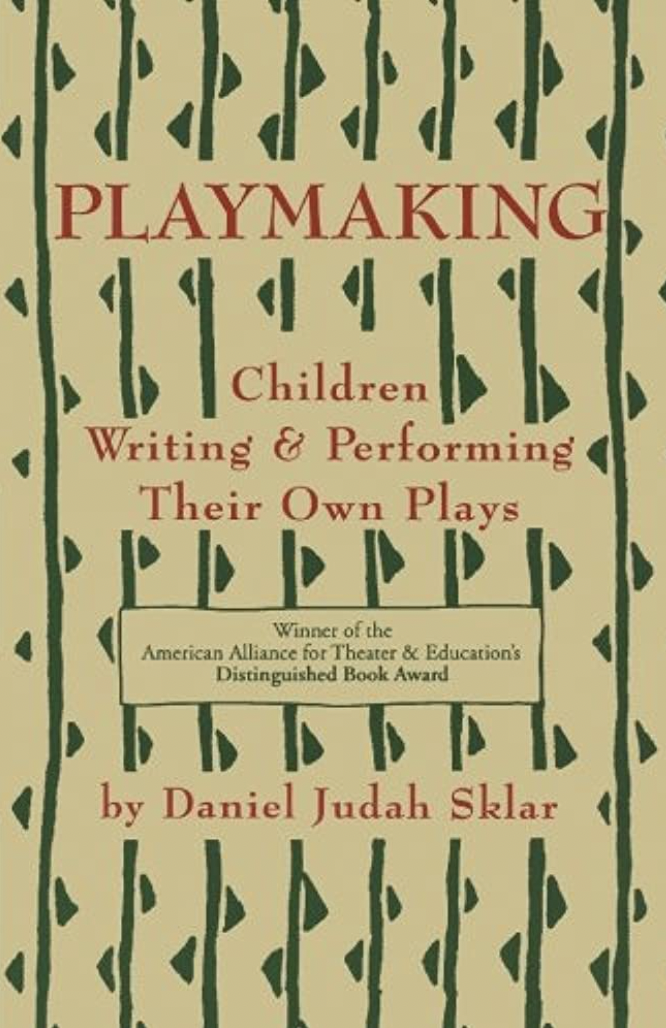
 RSS Feed
RSS Feed